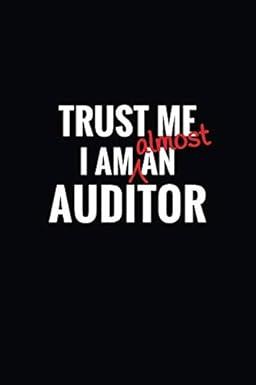| a. Inventory accounts typically experience a high volume of activity. | | |
| b. Inventory is easily transportable. | | |
| c. Schemes to classify expenses as assets. | | |
| d. Inventory is often returned by customers, so care must be taken to separately identify returned merchandise, check it for quality, and record it at net realizable value. | | |
| e. Identifying obsolete inventory and applying the lower of cost or market principle to determine valuation are difficult. | | |
| f. Inventory may become obsolete because of technological advances even though there are no visible signs of wear. | | |
| g. Executives misusing travel and entertainment accounts and charging them as company expense. | | |
| h. Employee theft of inventory. | | |
| i. Inventory accounts may be valued according to various accounting valuation methods. | | |
| j. Inventory often exists at multiple locations with some locations being remote from the company's headquarters. | | |
| k. A great variety (diversity) of items exists in inventory. | | |
| l. Inventory often includes a variety of types of products; the auditor must possess and apply significant knowledge about the business in order to address obsolescence and valuation questions. | |






